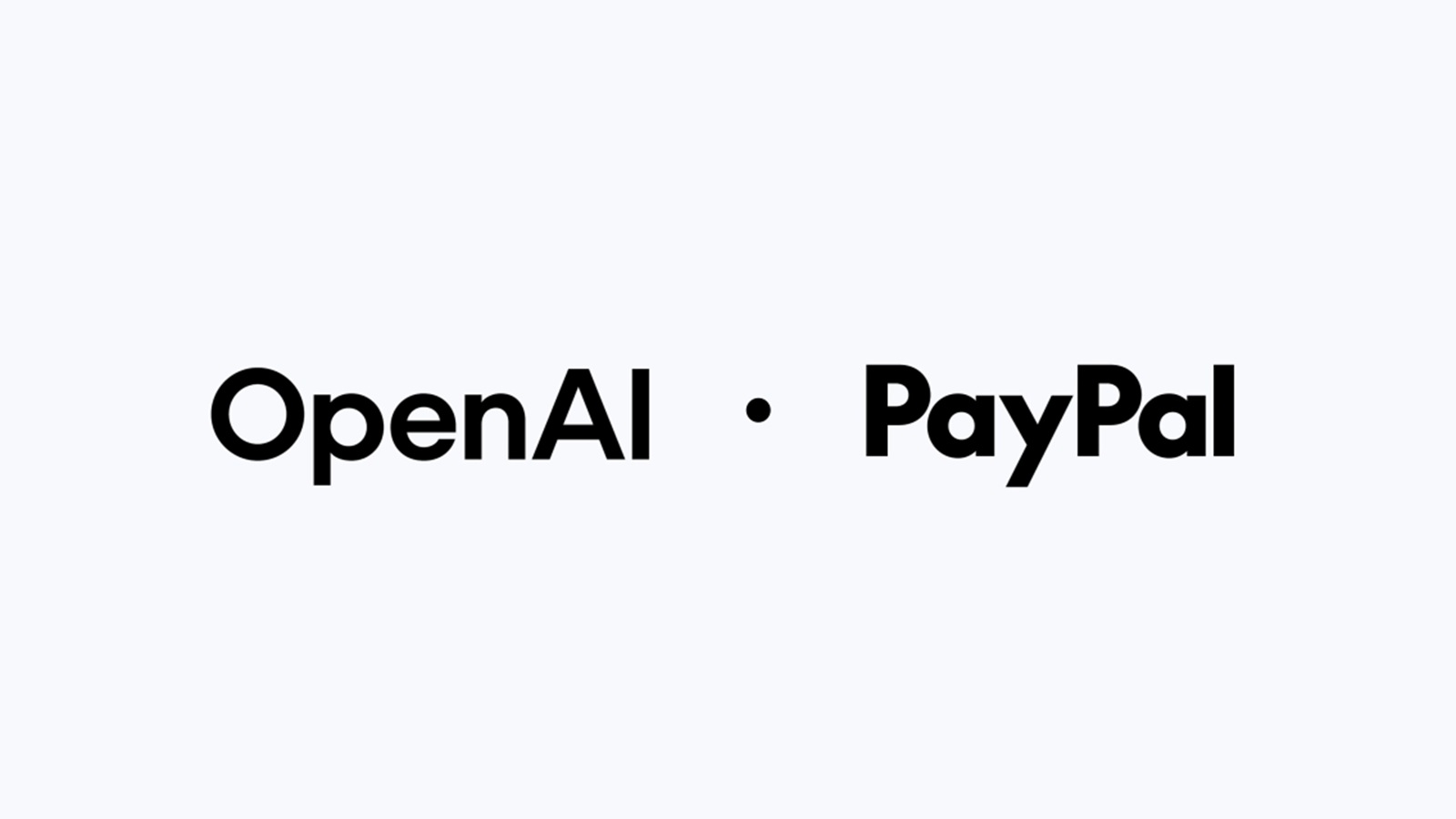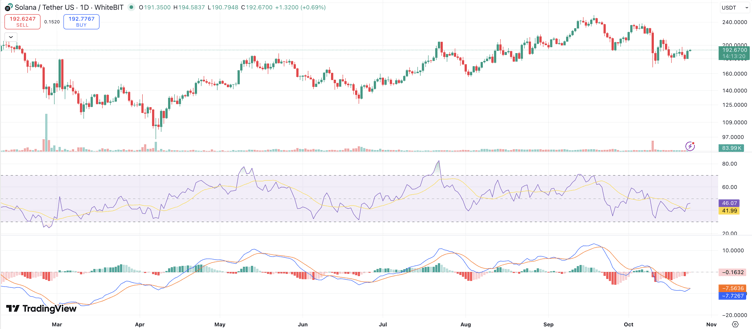It’s finally time to bid adieu to Google Assistant in the smart home world, as Gemini for Home has begun its slow rollout on Google smart speakers and displays. But if you’re among the lucky few allowed to take Gemini for Home on a test drive today, you should expect some bumps in the road, the company says. Google took the wraps off Gemini for Home earlier this month, and it’s been teasing a “new experience” for Home since last year. But Gemini is only now beginning to take the place of Google Assistant on smart devices, and only for a select few in its early access program. The company has said that Gemini for Home will arrive for more users in waves, over the next weeks and months. (I don’t personally have access to Gemini for Home on my smart speakers yet.) The main reason for the slow rollout is to allow time for ironing out Gemini for Home’s rough edges, and Google is already managing expectations about the new assistant’s capabilities even as it details all the things it can do. For example, Gemini for Home’s memory of past conversations may only be so-so, Google says. While Gemini will be able to follow along with “back-and-forth” conversations based on the “context of your chat,” that context “isn’t infinite” and “will be reset” if you leave a topic and come back to it later, according to the company. On the flip side, if you change topics in the middle of a conversation, Gemini’s memory of what was previously said in the chat “can carry over and influence responses,” Google says. Another issue is that Gemini for Home’s natural language capabilities have yet to be fully integrated with its smart home actions. Specifically, Gemini may have trouble with strung-together commands like “create a calendar event, turn on the kitchen lights, and play relaxing music,” Google warns. The same goes with local search queries, which remain “one-shot commands” and “can’t be used in part of a natural, back-and-forth conversation.” That said, some commands will work with “certain” smart devices, Google added, meaning you could say “turn on the TV, dim the lights and set the temp to 72 degrees.” It’s also worth noting that as Gemini for Home is a “different product” than Google Assistant, it does “not have access to the things you told” the older voice assistant, including “basic information to personalize your experience.” The company promises that it is “working on adding more personalization capabilities to Gemini for Home.” Finally, there’s the matter of hallucinations, with Google admitting that the answer to a query-and particularly for “very recent, real-time info”-may be “out of date or wrong.” The company says it’s “currently working on this” and that “it’s safest to check factual responses before relying on them.” We’ve already heard of instances where Gemini has hallucinated things in a smart home context-specifically, when Gemini is said to have made things up in its daily “Home Brief” summaries of what’s going on in your smart home. This story is part of TechHive’s in-depth coverage of the best smart speakers.








